Recent market volatility and nervousness of investors seems to make this a good time to re-evaluate our current time frames and allocations for our investment accounts. One of the most important reasons is that our time frames and risk tolerance often clarify and determine the type of investment and allocation we should consider for our money.
Let’s agree that we might feel the market is efficient over a long period of time. With this kind of long-term perspective, should this recent volatility send us into a panic when evaluating our 401k and Roth IRA; investment accounts that possibly will be utilized 10, 15, or even 25 years from now? I anticipate you can come to my same conclusion…no. Let’s take this idea one step further. I would argue that panic should not be the response, but an excitement to save more, invest more, and watch our money possibly work more efficiently for us than if it was sitting in a safe, under the mattress, or at the bank. Market volatility and “correction” is healthy for long-term investors.
Now, I just alluded to two long-term retirement accounts. What if we have a 12-month goal to renovate the kitchen? That is a different time frame. That would result in a different level of risk. In fact, oftentimes, if the assets invested are to be purposed for a capital expense within the next twelve to twenty-four months, I then recommend holding on to cash and savings. The risks and costs of investing might be too high for our level of comfort for that short of a time-frame. Then, when we know the basement is set to be finished, the birth of a child is coming, or a rental property down payment are in sight, then we may want additional funds in the bank outside of our traditional three to six months of savings, especially if the time frame is tight.
And finally, what if we have additional cash that we don’t have a specific priority in mind for, and we have a comfortable amount in our bank savings, and we don’t want to wrap additional money into a retirement account and then not have access to it until after age 59 ½? This idea, this solution, is often unknown to investors. We are taught that we need to save into retirement accounts and make sure we have three to six months of emergency savings…but that’s not all we should consider. A non-retirement investment account helps us be more efficient with our excess cash or monthly cash flow, yet these invested assets are still accessible within 2-7 business days. In the 5, 10, or even 20 years until retirement, do we anticipate having a few non-retirement priorities? I’m confident the answer is “yes” for just about everyone. Or, maybe we run into a few unexpected things, too. Let me name a few examples…anniversary trip, home remodel, broken furnace, family vacation, new car, next down payment, adoption, or caring for our parents. Until we have a time frame, let’s believe in the market, invest our money in an efficient, cost-efficient, diversified portfolio, set to our level of risk and based on our anticipated time frame.
When a priority shows up, or even a BIG emergency, if we have been saving all along, it might make us better prepared. Just like a 401k, we can establish this type of investment account, determine a monthly contribution amount, and we can save and invest on a monthly basis. This could be incredibly impactful, because if we stick to the alternative of trying to over-save into our bank savings account, what might happen? Just prior to the end of the month, we might be too tempted to “slide to transfer” our “extra” funds right back into our bank checking. By establishing this additional, more efficient savings vehicle, funds that are earmarked for a future priority, outside of two years from now, will help us to be better prepared when that priority shows up, AND, hopefully having a stronger earning potential than what is available as interest at the bank.
This last example addresses an intermediate level of planning that tends to get lost in the emergency savings/retirement planning conversation. One consideration, please be aware that since these funds may not be in tax-deferred type of accounts, there may be various kinds of taxation on the growth and trading of holdings within these accounts. You would need to discuss taxation with your tax professional. Short- and long-term capital gains taxes are to be considered. But again, one of the biggest benefits of this type of account is that these funds tend to be more readily accessible. The flexibility of these types of non-retirement investment accounts are considered to be incredibly instrumental.
To summarize, if you are funding your 401k, and you have an adequate level of savings in the bank, and still have additional cash flow that could be used for future priorities, then I encourage you to establish an individual or joint non-retirement investment account for those exact goals. But first, please schedule time to meet with a Certified Financial Planner to help craft a strategy for your financial plan. He/she will help you better understand your time frames, your priorities, which will then determine your allocation, your level of risk, your investment, and the titling of the accounts.
So, despite the market volatility, the encouragement is the same: spend less, save more, start today.

